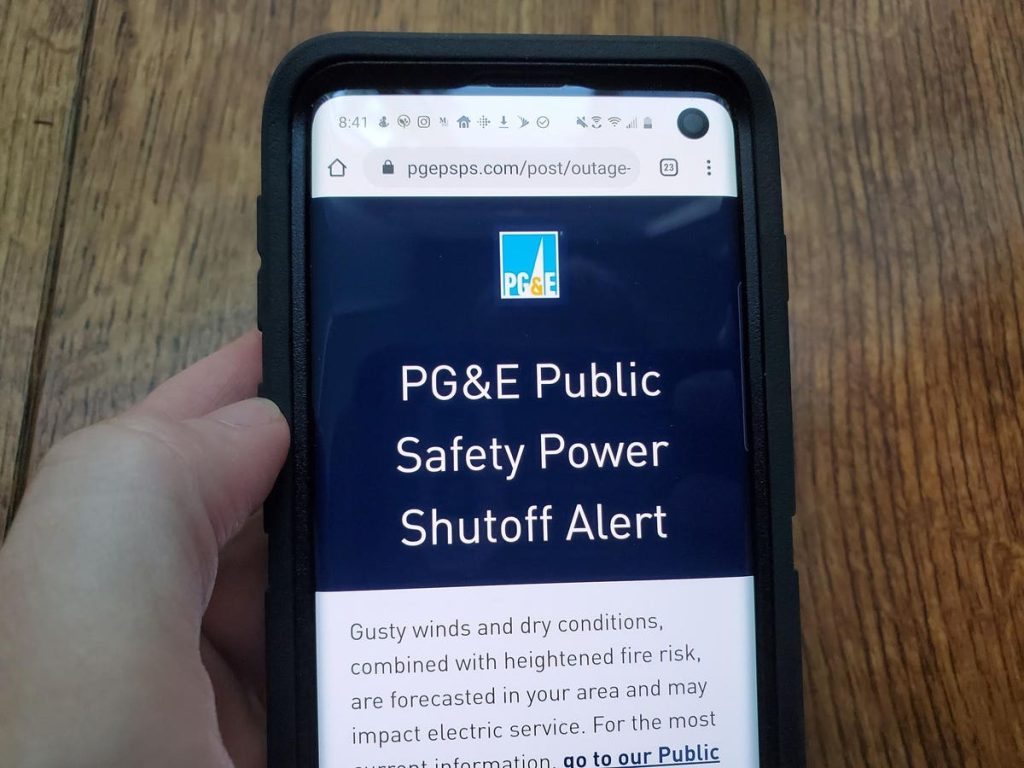Government hath giveth much in subsidies to electric vehicle owners. Now some California lawmakers are trying to taketh away.
State Sen. Nancy Skinner (D-Berkeley) is sponsoring a bill that would require “bidirectional charging”—taking the energy stored in electric car batteries and putting it back on the grid—in all light-duty vehicles and school buses sold in the state beginning in model year 2030.
Imagine going to bed knowing your electric pick-up truck is fully charged for an early morning business trip, only to awaken and find that the government has drained it all back overnight.
California already requires that all new vehicles sold in the Golden State be battery-powered electric by 2035, and some warn this will seriously strain its electricity grid. After all, California, already suffers from blackouts and power shortages. But state senators see it differently: They think they can solve the State’s power problem by requiring new EVs to be able to supply power to the grid.
Bidirectional charging allows an EV’s battery to recharge, by getting power from the electricity grid and discharge, returning the power back to the grid.
Skinner’s bill states, “Development of bidirectional electric vehicle infrastructure will provide access to a significant reserve of dispatchable electricity that will help ensure continuous electrical service for California.” In her view, “EVs are energy storage on wheels. Why waste that battery, given how few miles most people use the vehicle in any given day? But we need to make it as easy as possible.” And in California, this means a mandate.
According to Carbuzz, “A 60 kWh EV battery can provide backup power to the average US household for two to three days.” Some vehicles, including the Nissan Leaf, the Hyundai Ioniq 5 and the Ford F-150 Lightning, already have such bidirectional charging systems.
Skinner’s bill has passed the Senate and three committees in the State Assembly. It if passes the Assembly, Gov. Gavin Newsom will likely sign it into law. Last September he called the technology a “game changer” and said that “this is the future.”
With reference to the future, the bill would also authorize the State to extend the mandate to other vehicles at the discretion of the California Air Resources Board, without passing a new law. In other words, once the State starts taking electricity from the cars and school buses, it can come for the electricity in tractors, buses, and trucks.
Similarly, people can start off with their cars having the ability to discharge electricity back to the grid on a voluntary basis, and then the discharging can become compulsory. Or, car owners might have the choice of having electricity in their car batteries or having power in their homes in the case of a blackout. Once people have the potential to use the power in their car batteries, then Pacific Gas and Electric will sense less of an obligation to keep on the power.
Under the bill, car owners would not necessarily own the electric power in their cars. They could be required to give it to the State upon demand. If you needed your car to get to work or to take someone to hospital, it might not operate.
Bidirectional charging changes the concept of the right to personal mobility. If EV owners in California must return the electricity in their car batteries to the grid in times of shortage, they may not have enough to get to work or school, or for other trips.
The object of mandating the electric vehicles that will cause this shortage of power is to decrease California’s carbon emissions and reduce global warming. But emissions will not be reduced until China, India, and Russia lower their emissions, and they show no signs of doing so. Even if America eliminated all fossil fuels and associated emissions, temperatures would decline by only 0.2 degrees Celsius by 2100.
In order to produce supplies of batteries for EVs and other components, China is increasing its construction of coal-fired power plants and carbon emissions. America has 225 coal-fired power plants, and China has 1,118 (half of all the coal-fired plants in the world).
Under California’s Great Auto Power Theft, Americans would be sacrificing their cars, paying more for transportation, and giving up their personal mobility without benefits for the environment. It’s time to stop the theft before it’s too late.
Read the full article here










